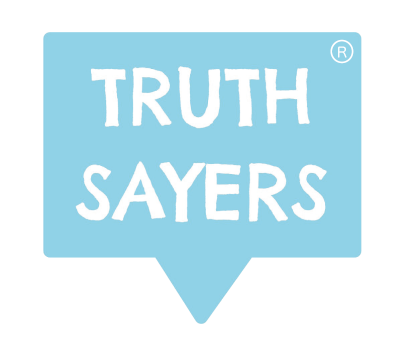Using Sentiment Data De-Risks Critical Decision Making
"That's the truth – aggregated, analysed, responsive truth – not what you're espousing, or that we've kind of concocted. That's the truth."
Perry Timms, PTHRCan you afford to get it wrong when you are making critical business decisions?
TRUTHSAYERS® NEUROCAST™
In this 3rd of 4 part conversation, Simon Stapleton talks to Perry Timms about how Neurotech® provides granular level sentiment data to enable leaders to de-risk critical decision making.
Perry Timms, Founder & Chief Energy Officer, PTHR, is a renowned blogger, author and TEDx speaker. He was named on the HR Most Influential Thinkers list 3 years running, and is a LinkedIn Learning Instructor. Perry's first book, Transformational HR, made Book Authority’s Top 100 Strategy books of all time. Perry's second book, The Energized Workplace, was released in August 2020 and has garnered critical acclaim.
TRANSCRIPT
Perry Timms: Let's say, we're in an organisation, and there are a number of senior leaders. And we've looked around and thought, I don't think we need the leadership team to be how it is, now that we’re going into this new world. So, you have to almost self-sacrifice or restructure or whatever it might be. And so I wonder, have you ever done that truth position about “here's some of the proposed changes - how do you feel about it?” And then, “here's some alternatives - how do you feel about those?” And tabulated those? I don't know if you've ever done that with a quite tight leadership team?
Simon Stapleton: Yeah, we actually do a lot with tight leadership teams and the first time we did it, the experience actually it didn't go down too well, because the very leadership team, we wanted to help change, were the ones who were paying our bills and pretty much the reaction was, "Well, it can't be us surely." So, there just wasn't the acceptance of the truth. But in many other cases, when we've worked with leadership teams, where there has been more open mindedness and more willingness to listen and accept, that's worked really well, because it's given them more pinpoint areas in which to test the water and actually open the dialogue, and start the conversation going. And I think what's really good about what we've done is that it's about starting the dialogue, because actually, people in leadership positions, I would say, are mostly really good people who want to make a difference and actually, that first step towards it, is what’s enabled the magic to happen. And then we obviously use the data, so it's not just about, “it's a nice conversation - we've done ...” it's about then using the data to back all that up.
PT: Yeah, I've experienced it where people know that's the case. So, you know, from a group of directors of, say, 15, you can only have nine at the end of it, so six have got to go. We've got to reorganise all his responsibilities. And everybody kind of goes, "Okay, if that's what it is, that's what it is, I'm coming to the end of my tether, or whatever, anyway", so I do see some what I would call acceptance of it. But what I find particularly interesting is that it then becomes a little bit competitive, it then becomes a little bit almost like dug in, entrenched, combative, and it's almost like, that's not what we want, we almost want people to go, don't show your hand, you know, put your cards on the table, and we'll work out how best to create the winning combination. But the opposite happens. So I'm glad that what you're starting to reveal is that you take it away from people individually and create it more as an entity based on data that you can make choices about. It's a bit less emotive, I suppose.
SS: Well, I mean, it's an emotive subject. And the last thing you need is to use emotion to try and solve it. Because it's, yeah, you just need to enable it based on data. And it's actually what the group has said, it's not what've we said, that matters.
PT: I can imagine that when you talk about your evidence as the truth, then people can talk it all they like about faking, like you said, but the truth is in front of them in the data that you've given them, so it's like, that's the truth, you know, aggregated, analysed, responsive truth, not what you're espousing, or that we've kind of concocted. That's the truth. Right. I think that's really powerful to get people to go. Well, let's deal with that then.
SS: Defensiveness and that are perfectly normal reactions to a threatening situation. And I think, you know, it'd be wrong for us to suggest that people are not allowed to think that. It's more that when you have a view, which is different than the underlying truth, it tells you something. It tells you - it gives you data, in itself, that there's a denial, and what that would then lead you to is perhaps working with that individual slightly differently and getting them to accept the data. What you do with it is... well, you're not talking about that, actually - let's get them to accept the data.
PT: Yeah, but you can have a conversation with them about the choices they make then about that data.
SS: Exactly.
PT: Important things.
Find out more about PTHR
Find out more about partnering with Truthsayers

